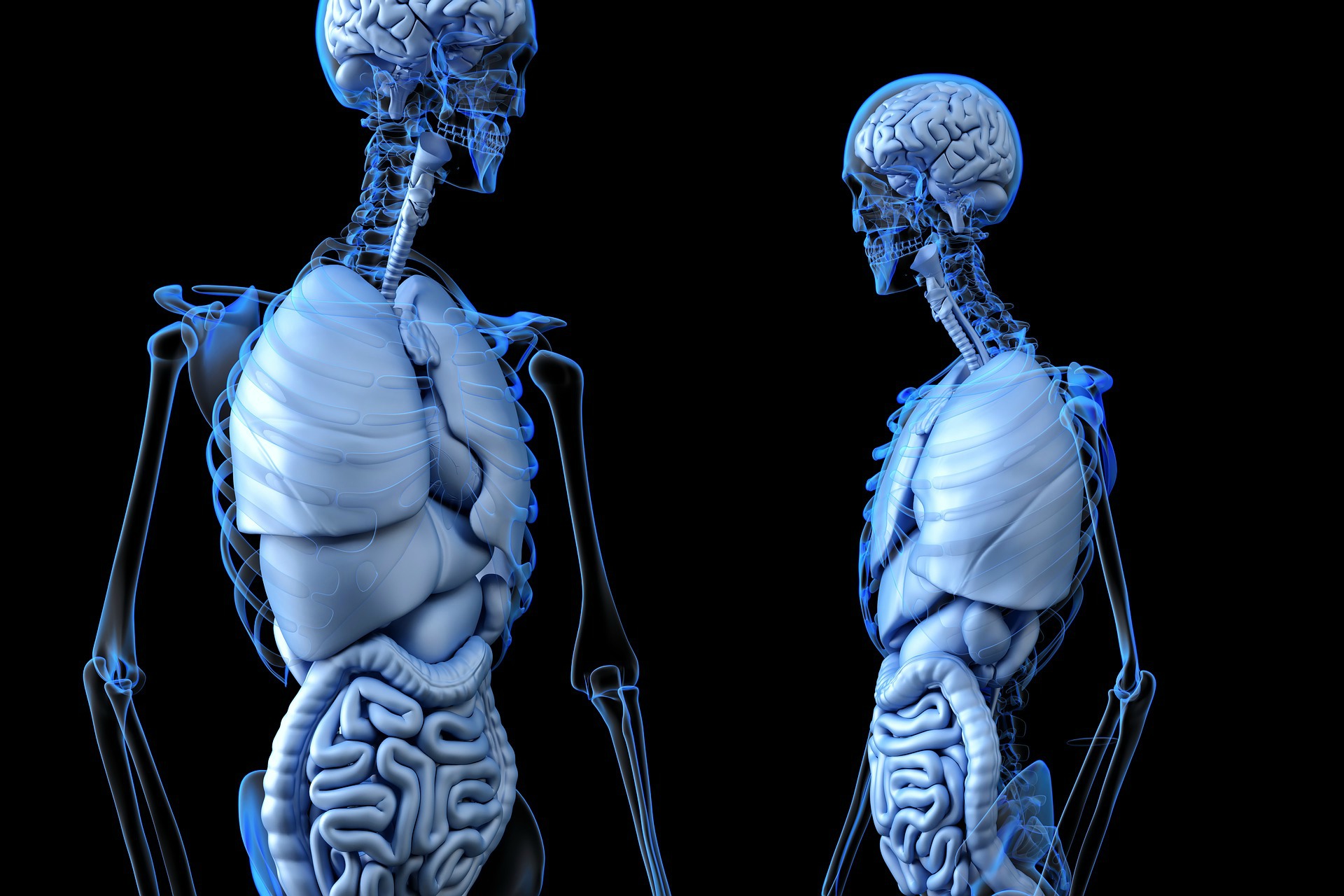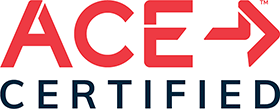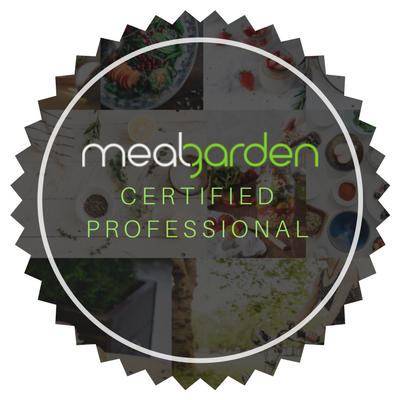Getting Enough Iodine in a Vegan Diet
By Dr. Robert Curtis
(Doctor
of Chiropractic, Certified Medical Examiner (U.S. Dept. of
Transportation), A.C.E. Certified Health Coach and Fitness Nutrition
Specialist)
Published: 9/19/21
Time crunch? Save this page for later with Pocket, Instapaper, or Evernote.
You can get enough iodine in a vegan (plant-based) diet with easily applied strategies.
Iodine is a trace element that we get through food and is also available in supplement form as well.
Iodine deficiency is not common due largely in part to the iodization of salt. However, certain populations are more at-risk, such as pregnant women, people who live in areas with no iodine levels in the soil, and people who follow certain diets which minimize or eliminate iodized foods. [1]
In this article I'll first discuss iodine and its role in our bodies and some research on its impact in disease processes, what to be mindful of in terms of following a vegan (plant-based) diet, and how to assure you can address getting adequate amounts of this crucial nutrient.
Functions of Iodine in the Body
Iodine plays an important part in several functions of the body and has been linked to inhibiting certain diseases when it's in sufficient amounts in our bodies.
In particular, regarding ...
Thyroid Function
Iodine is an essential component of two thyroid hormones known as triiodothyronine (T3) and thyroxine (T4). T4 is the precursor to what becomes the active T3 form. Thyroid hormones help to regulate metabolic activity through protein synthesis and enzyme activity. [1]
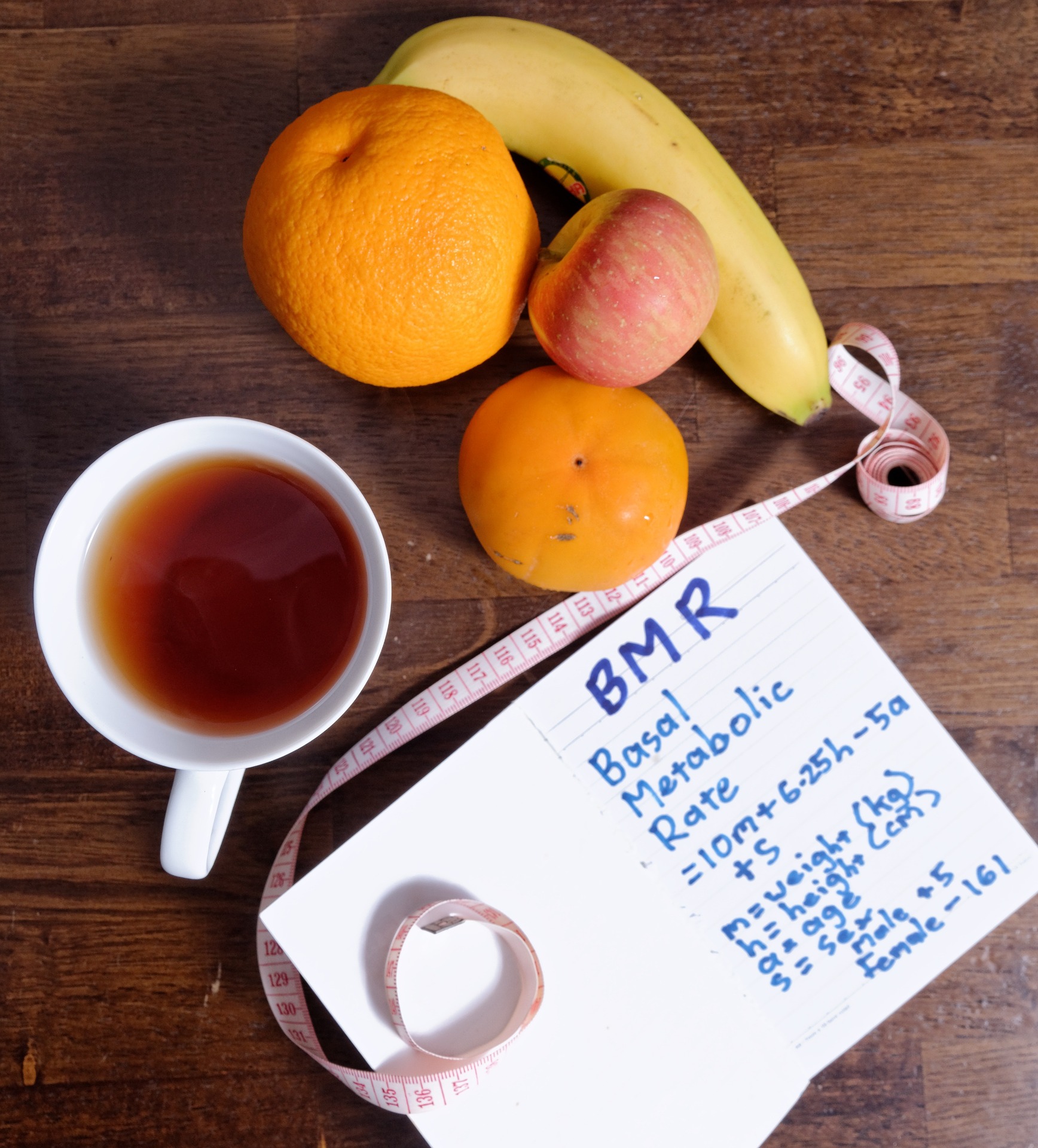 The thyroid gland controls the rate of your metabolism. (image source at end of article)
The thyroid gland controls the rate of your metabolism. (image source at end of article)
Fetal and Infant Development
The development of skeletal and central nervous systems in fetuses and infants is also dependent on the T3 and T4 thyroid hormones which are iodine dependent. [1]
Immune Response
Iodine deficiency is linked with reduced immune function. [1] The exact functions of iodine on the immune system are not fully understood. The relationship between iodine and immunity may be linked with two other minerals that iodine works in conjunction with, iron and selenium. [6]
Breast Health
Iodine has been linked to decreased risks of certain breast diseases including mammary dysplasia and fibrocystic breast disease. [1]
Why a Vegan (Plant-Based) Diet Calls For Greater Iodine Attention
In general, people who follow certain diets, without proper planning, are more at-risk than others for deficiencies of both macro- and micronutrients, including iodine deficiency.
In particular, people who follow all-natural vegan (plant-based) diets should be aware of their iodine intake and may need to assert incorporation of iodine-rich sources into their eating. [4]
This same concern applies to those following a vegetarian diet as well, and even those who follow a paleo diet. [4]
Accordingly, dietary iodine intake has been found to be significantly lower for vegans and vegetarians than for meat-eaters, especially in male vegans. [2]
A large 2020 study of 127,094 adults found that female vegans had higher levels of iodine than vegetarians, while male vegans had the lowest average levels. The vegans and vegetarians in the study had lower average levels than people who did not follow any type of restrictive diet. [4]
In consideration of athletes specifically, a 2017 study looked at the iodine levels of those who consumed a vegan diet. They reported that within the participants, many were either iodine-deficient, or had excessively high iodine levels. This variation in levels was theorized to be solely dependent on dietary choices. [3]
These analyses all point to the need for careful attention to consumption of adequate iodine in a vegan (plant-based) diet.
How Exclusion of Artificially Iodized Foods Ups the Challenge
The primary reason that people with restrictive diets are at risk for iodine deficiency is because they tend to not be consuming as much iodine in their diets, typically including the avoidance of fortified foods.
Some of the most common sources of iodine in much of the world are artificially iodized. Iodized salts, breads, and dairy products would have little to no iodine without this fortification. [1]
People who eat only all-natural, plant-based, and non-fortified foods will tend not consume many of the foods which are most rich in iodine. [3,4]
This illustrates the point that without proper attention it can be easy to not get enough iodine, but again, as I'll soon discuss regarding sources, with proper focus this can be readily overcome.
Further Upping the Challenge, Some Foods and Products Cause Iodine Depletion
Certain food and products, known as goitrogens, disrupt thyroid function by blocking the uptake of iodine which ultimately interferes with the production of thyroid hormones.
Goitrogenic foods are not a concern for most of the population which gets more than enough iodine on a daily basis. However, for people with marginal iodine levels, goitrogens can cause thyroid problems.
The most common dietary goitrogens are soy, cassava, and cruciferous vegetables, such as cabbage, cauliflower, and broccoli. [3]
Other goitrogens which can cause concern for plant-based eaters come from a variety of courses, some of which are non-dietary sources.
BPA plastics, PFA chemicals, oral contraceptives, and some flavonoids, such as quercetin and resveratrol, can all disrupt iodine uptake and cause thyroid dysfunction. [5]
Overall, as many goitrogenic foods have numerous health benefits and should be part of one's vegan (plant-based) diet, one practical strategy is to consume your iodine containing foods at a different meal from one containing any notable goitrogens.
Plant-Based Sources of Iodine in a Vegan Diet and Assuring Enough
Whole foods
Seaweed: The amount of iodine concentration depends greatly on the type of seaweed. One study found that dietary seaweed ranged from anywhere between 16mcg/g to 2,984mcg/g. [1] Certain seaweeds typically contain suitable amounts of iodine for dietary consumption though and one common example is dulse. Dulse is commonly found and can be sprinkled over foods in flake or granule form.
Those seeking a more disguised, in terms of taste, form of seaweed consumption may find combination condiments such as a gomasio more appealing. A gomasio seaweed recipe will typically consist of sesame seeds, salt, and seaweeds such as dulse, nori, and or kombu, and this combination is a commonly found grocery condiment.
Cranberries and Prunes: Although they are not as rich a source, cranberries and prunes contain some iodine. [1,3]
Some Fruits and Vegetables: Plant foods vary in micronutrients depending on the nutrient value of the soil. Some fruits and vegetables will contain iodine if they were grown in soil which was particularly rich in iodine. [1]
 Cranberries contain some iodine. (image source at end of article)
Cranberries contain some iodine. (image source at end of article)
Minimally processed foods
Bread and Pasta: This depends on the product and the preparation. Some breads are fortified with iodine.
Although it is less common, some pastas are also fortified with iodine. Also, pasta cooked in iodized salt water will absorb iodine, making it a suitable dietary source. [1]
To note, regarding plant-based milk alternatives: Though animal milks are a common source of iodine for those consuming such products plant-based alternatives such as almond milk, soy milk, or oat milk, are typically not iodized and provide virtually no iodine. [6,7]
Salt
Iodized Salt: Salt is the primary source of iodine for people around the world due to a huge prevalence of iodized salt, which has been fortified with iodine.
Specialty salts, such as sea salt, Himalayan salt, kosher salt, and fleur de sel are typically not iodized and provide virtually no iodine. [1]
Assuring Adequacy
One of the most effective ways for plant-based eaters to assure adequate iodine intake is to include seaweed in the diet.
Seaweed contains a variety of macronutrients (especially dietary fiber) and micronutrients, including iodine. [8]
Different types of seaweed vary widely in iodine levels, however. [1,8] And companies are not required to label iodine levels in foods. [8]
When choosing a dietary seaweed, you may find some that are nonetheless labeled, otherwise a good strategy can be aiming to consume a wide variety of different types, though kelp is one that tends to be too high.
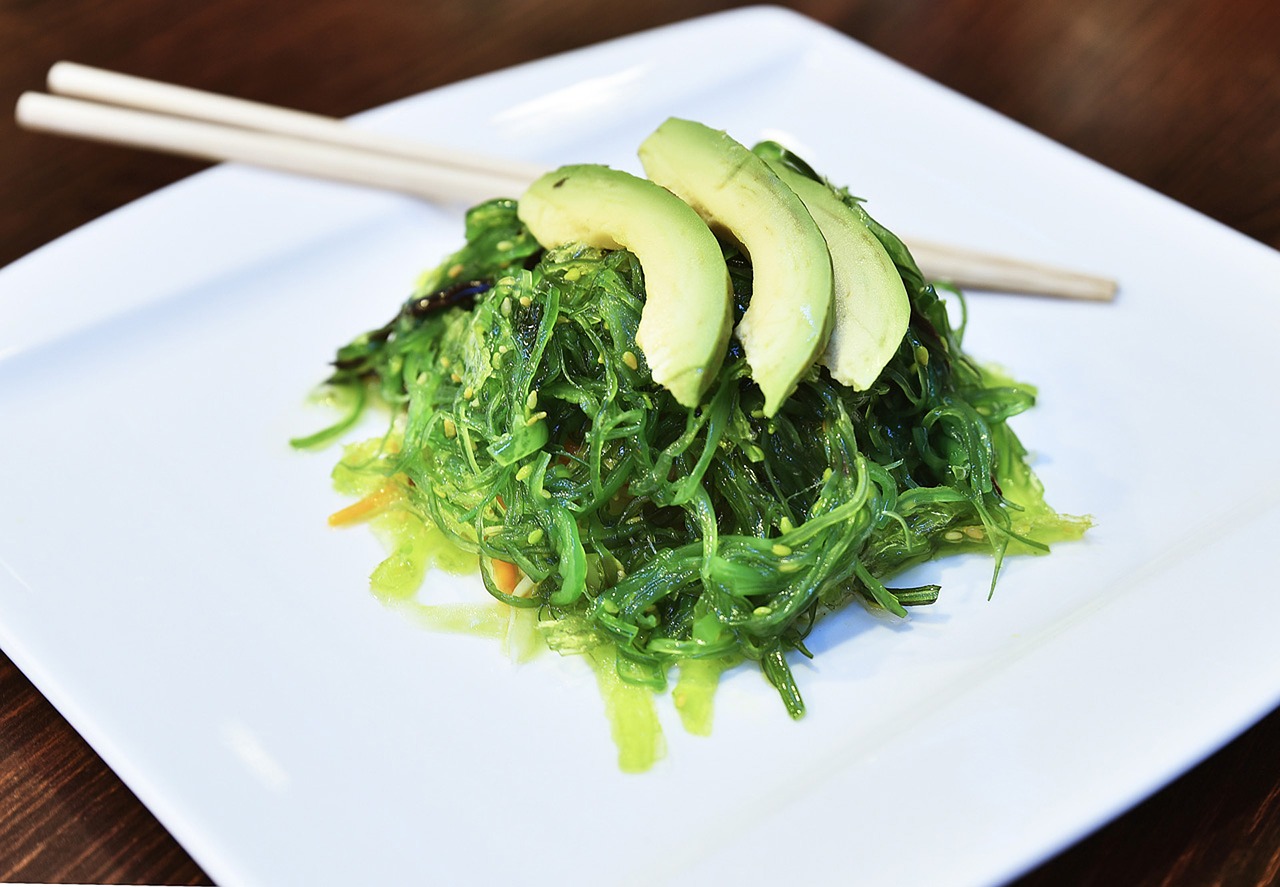 Seaweed Salad. Seaweed is a good source of iodine. (image source at end of article)
Seaweed Salad. Seaweed is a good source of iodine. (image source at end of article)
Another Important Mineral to Assure Iodine Function
Iodine works in conjunction with the mineral selenium. And people who consume a plant-based diet are also more at-risk for selenium deficiency when compared to omnivore eaters. [6] Selenium is not widely available in plant-based food sources. [6]
Selenium is present in significant amount in Brazil nuts and as little as one can provide a day's supply. You also may pick up an adequate amount from a combination of certain grains, seeds, beans, and other nuts.
As a back-up choice some foods are fortified with selenium and supplements are available as well.
As always, any supplementation considerations are advised to be discussed with your primary health care practitioner.
Summation and Key Takeaways
Iodine is a micronutrient which is vital for thyroid function. People who follow a vegan (plant-based) diet are more at-risk for low iodine levels.
As a vegan or any degree of plant-based eater, an effective way to assure getting the recommended daily amount of iodine is to include seaweed into your diet.
Seaweed can be enjoyed in its fresh form, dried and broken into flakes, or even in granular condiment form.
Article References:
- Iodine: Fact Sheet for Health Professionals. National Institutes of Health Office of Dietary Supplements. https://ods.od.nih.gov/factsheets/Iodine-HealthProfessional/
- Bakaloudi, D. R., Halloran, A., Rippin, H. L., Oikonomidou, A. C., Dardavesis, T. I., Williams, J., Wickramasinghe, K., Breda, J., & Chourdakis, M. (2020). Intake and adequacy of the vegan diet. A systematic review of the evidence. Clinical nutrition (Edinburgh, Scotland), S0261-5614(20)30656-7. Advance online publication. https://www.clinicalnutritionjournal.com/article/S0261-5614(20)30656-7/fulltext
- Rogerson D. (2017). Vegan diets: practical advice for athletes and exercisers. Journal of the International Society of Sports Nutrition, 14, 36. https://www.ncbi.nlm.nih.gov/pmc/articles/PMC5598028/
- Eveleigh, E. R., Coneyworth, L. J., Avery, A., & Welham, S. (2020). Vegans, Vegetarians, and Omnivores: How Does Dietary Choice Influence Iodine Intake? A Systematic Review. Nutrients, 12(6), 1606. https://www.ncbi.nlm.nih.gov/pmc/articles/PMC7352501/
- Panth, P., Guerin, G., & DiMarco, N. M. (2019). A Review of Iodine Status of Women of Reproductive Age in the USA. Biological trace element research, 188(1), 208–220. https://www.ncbi.nlm.nih.gov/pmc/articles/PMC6373336/
- Fallon, N., & Dillon, S. A. (2020). Low Intakes of Iodine and Selenium Amongst Vegan and Vegetarian Women Highlight a Potential Nutritional Vulnerability. Frontiers in nutrition, 7, 72. https://www.ncbi.nlm.nih.gov/pmc/articles/PMC7251157/
- Scholz-Ahrens, K. E., Ahrens, F., & Barth, C. A. (2020). Nutritional and health attributes of milk and milk imitations. European journal of nutrition, 59(1), 19–34. https://link.springer.com/article/10.1007%2Fs00394-019-01936-3
- Cherry, P., O'Hara, C., Magee, P. J., McSorley, E. M., & Allsopp, P. J. (2019). Risks and benefits of consuming edible seaweeds. Nutrition reviews, 77(5), 307–329. https://www.ncbi.nlm.nih.gov/pmc/articles/PMC6551690/
Images:
1. Basal metabolic rate. Image by amwest97 from Pixabay (CCO license)
2. Seaweed Salad. Image by zuzyusa from Pixabay (CCO license)
3. Cranberries. Image by sergei_spas from Pixabay (CCO license)
4. Flax seeds, the greatest plant-based food source of ALA omega-3s. Image by Pezibear from Pixabay (CCO license)

